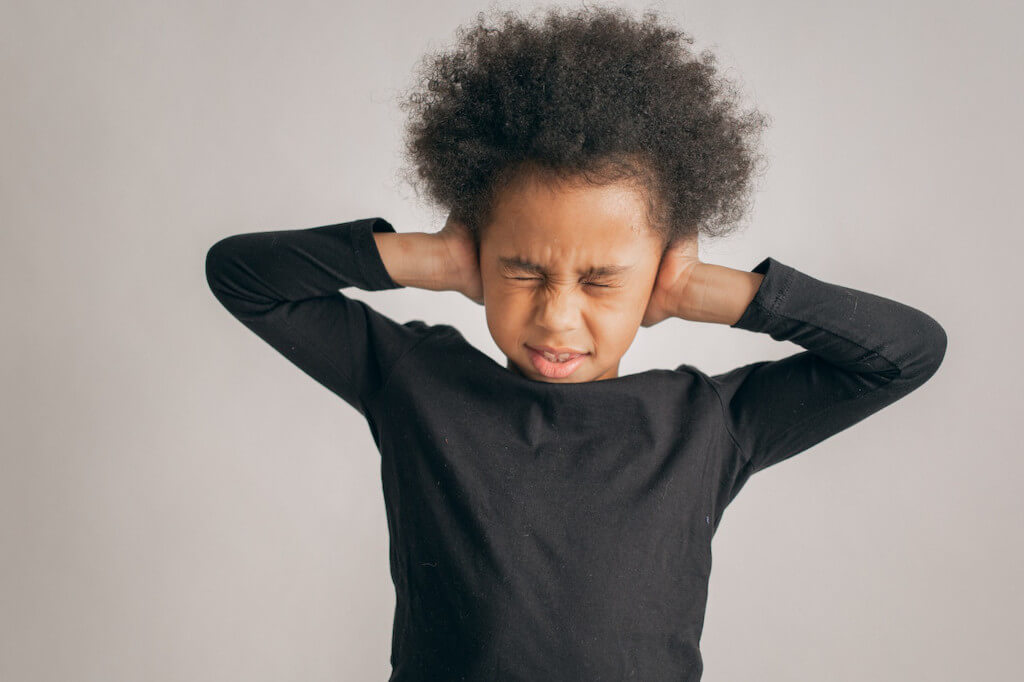Selective mutism is a severe anxiety disorder characterised by a persistent inability to speak in socially significant circumstances.
- They can communicate verbally.
- They are neither reserved nor cold.
- They are not reluctant to communicate.
- They’re also not your “typically reserved” people.
The primary cause of their inability to communicate is the elevated levels of stress and anxiety they experience in that group situation. Selective mutism causes people to be unable to communicate under certain circumstances. The name of the condition comes from the phrase “situational mutism.”
Fans of the TV sitcom The Big Bang Theory will remember that Indian guy Raj suffers from selective mutism when it comes to females. It’s hilarious because he is a textbook case of this disorder; he clams up around women but has no trouble carrying on a conversation with males. Eventually, though, he overcame the condition and resumed having natural conversations with females.
In some cases, selective mutism begins in childhood and continues into maturity despite not receiving any treatment. If a person has trouble communicating in certain settings, it could have an impact on their personal and professional life.
It’s not uncommon for parents to miss the first signs of selective mutism until their child begins school. In this piece, we’ll define selective mutism, explain how it manifests in children, and offer advice for parents dealing with the issue. Adult selective mutism and treatment options will also be discussed.
The Roots of Silent Treatment
There is no known trigger for selective mutism. More study is required to identify the primary factors that contribute to selective mutism. However, some things can increase your child’s chances of developing selective mutism:
- Stress-related anxiety illnesses and excessive worry
- Relational difficulties at home
- Mental health issues that went untreated in childhood
- Issues with low self-esteem
- Challenges in auditory perception (affected children may not correctly understand what other people say)
- Disorders of speech and words, such as stuttering (a stuttering child may experience bullying because of it, causing shyness in speaking, which may lead to selective mutism)
- Abuse, both bodily and sexual, can be a traumatic experience.
- Anxiety illnesses and/or selective mutism in the family
- Disorders of communication, such as autism
- Identifying the Symptoms of Selective Mutism in Children
- Important Symptom: Refusing to communicate for a prolonged period (at least a month) in certain social settings, after other possible explanations, such as difficulties with vocal communication, autism, or unfamiliarity with the language spoken, have been eliminated.
- Putting on an anxious or melancholy face when it’s not warranted
- Separation from others (not wanting to go to school, being scared in social situations, avoiding playgrounds with many children)
- Appearing to be painfully timid
- Delays in development; possible issues with speaking and language development
- Eliminating one’s bowel or urinary contents in an awkward social setting
- conveying ideas without words
- Behaviours such as clinging to parents or averting eye contact can be indicators of anxiety or other mental health issues.

Everyone goes through a period of life known as adolescence, which can be a challenging…

Happiness, the most sought-after emotion, is an intricate dance of chemicals, emotions, and experiences. But…

The True Cost of Conformity Advertisements, societal expectations, peer pressure—they all subtly influence your decisions.…
Selective Mutism VS. Traumatic Mutism: A Comparison
The anxiety disorder known as selective mutism only presents itself in specific social contexts, such as when the affected person is at school, when they are around a certain individual, or when they are with their family. When a kid experiences social anxiety, they may choose to become mute as a coping mechanism. In comparison, traumatic mutism develops when a child is rendered mute following exposure to a traumatic event, such as physical abuse or witnessing an accident. The trauma leaves the infant unable to speak in any situation.
Selective Mutism: a Medical Diagnosis
It’s important to get medical assistance right away if you think your child has selective mutism. In doing so, your child’s doctor may pose pertinent questions such as:
- What does your kid seem to be experiencing?
- When did this begin?
- Is there evidence of nervousness or trouble communicating?
If you communicate with your child’s instructors about their thoughts and concerns, you’ll find a lot of support. (the first month of school, how your child interacts with other kids if they pee or poop in certain situations).
If your child has social anxiety, your doctor may ask you to keep a video diary for at least a month and discuss your findings. The appointment will go more smoothly if you bring your child’s academic reports and collect feedback from teachers.
In addition to mental symptoms, the doctor will look for any outward signs of physical illness. The doctor will administer a battery of speech and hearing exams to diagnose the problem if there is one. You will be referred to a speech-language therapist or psychiatrist if the further evaluation reveals the need. To identify selective mutism, the doctor will first rule out physical and psychological causes.
When a Child Exhibits Selective Mutism, What Should Concerned Parents Do?
No one should ever force a kid who is suffering from selective mutism to open up. The scenario could get much worse if the child starts acting out. Be supportive, understanding, and aware of your child’s feelings as he or she goes through this challenging period as a parent. Give your kid credit for the things they’ve accomplished and the milestones they’ve reached. The best course of action at this moment is to consult a qualified specialist or doctor. Selective mutism can be helped, but it won’t be cured instantly. If left untreated, selective mutism can persist into maturity.
How Do We Help Kids Who Have Selective Mutism?

Treatment for selective mutism in children, and even adults, can take many forms. Selective Mutism, Anxiety, and Related Disorders Treatment Center (SMart Center) is an approach to treating selective mutism. A kid with selective mutism can receive tailored treatment at the SMart Center. Therapists, parents, and educators all play a role in the therapy process. The following methods are used to address selective mutism:
Medications for Social Anxiety Disorder
Therapy for social contact anxiety is the first option. The aim of treating selective mutism is to help the child develop social confidence, self-esteem, and reduced fear of social situations. The purpose of the treatment is to build coping skills for appropriate emotional, social, and academic functioning.
Behavioural Treatment
In behavioural therapy, positive reinforcement and desensitisation methods are used to change a child’s behaviour. There is no need for the kid to express or even recognise their anxiety during behavioural therapy. A kid’s social anxiety can be reduced through behavioural therapy, which involves gradually exposing the child to new social situations.
If you can get your kid to school when there aren’t many other people there, you can. A child’s developing language skills can benefit from this. You can also have playdates with their familiar pals at home. Start with one friend and slowly introduce more so your child can play with a small group.
The Role of Cognitive-Behavioral Therapy in Treating Depression (CBT)
A kid with selective mutism can benefit from cognitive behavioural therapy in terms of changing their behaviour and developing more positive attitudes towards their anxiety. CBT incorporates acknowledgment of the existence of anxiety that leads to mutism. Positive reinforcement, self-esteem, and reduced anxiety are the goals of cognitive behavioural therapy for your kid.
Play-Based Learning
Play treatment for children with selective mutism aims to help them develop emotional regulation skills, self-esteem, and positive coping mechanisms. Giving a girl dolls and watching how she interacts with them is an illustration of play therapy. The child’s muteness will be communicated to the therapist through her interactions with the toys. In play therapy, the kid may be asked to role-play situations from home or at school that caused her stress.
Constant Interaction with Others
If your kid is selectively mute, you can still help them interact with others by encouraging them to do so in small doses. Start by setting up play sessions with just a few close pals. You may be astonished to find that your child’s selective mutism disappears completely once they feel safe and secure.
Parental, Household, and Educational Participation
The child’s parents, siblings, and teachers need to be engaged in their child’s therapy, as well as the speech therapist or counsellor. Get the people around your child educated on selective mutism and how to properly interact with children who exhibit this trait.
In this way, you can rest assured that neither school officials nor well-meaning families will put undue pressure on your child to open up. Be an advocate for your kid and make sure you’re well-informed. All members of society have something to offer in the therapy of selective mutism in children.




